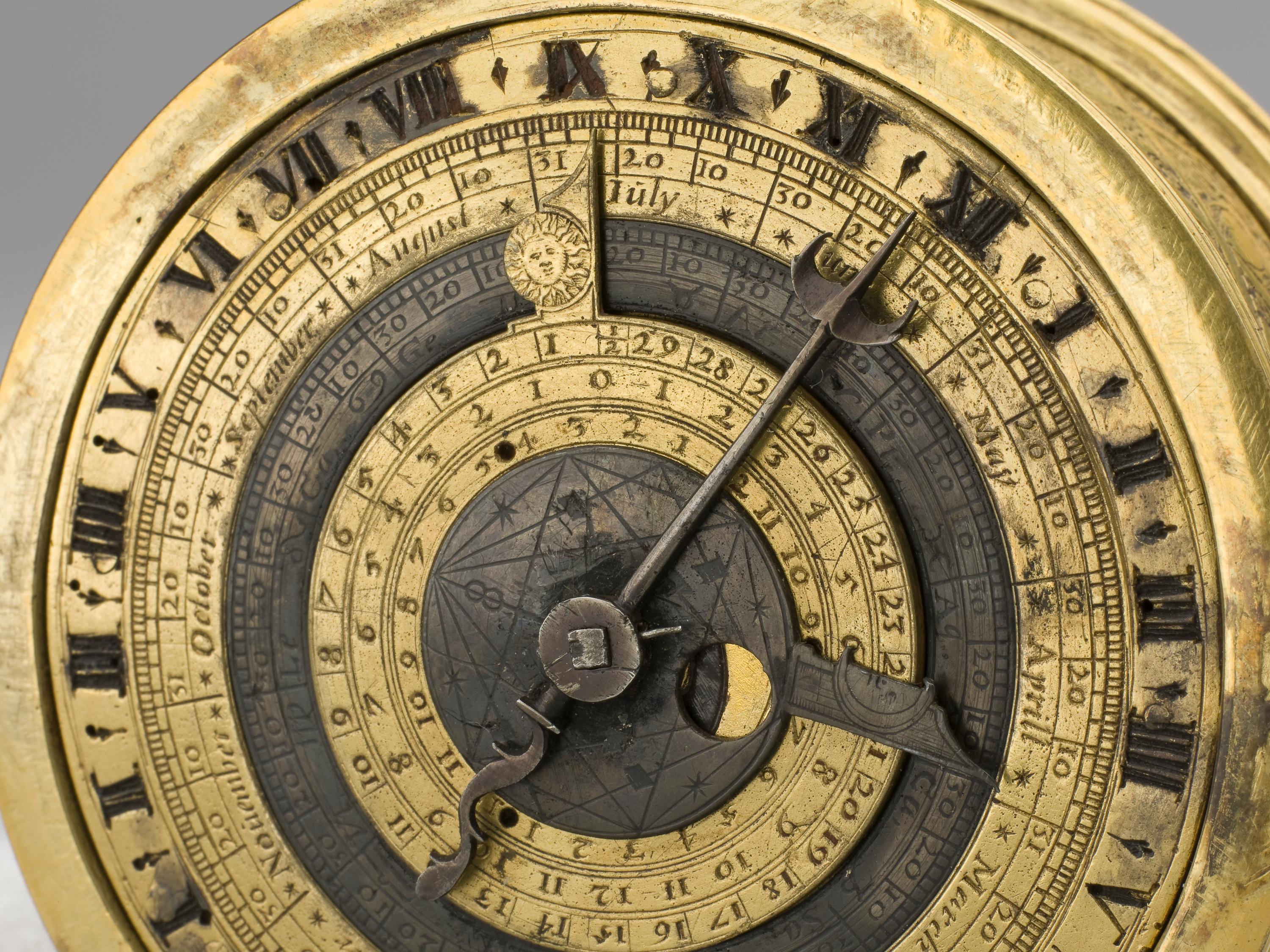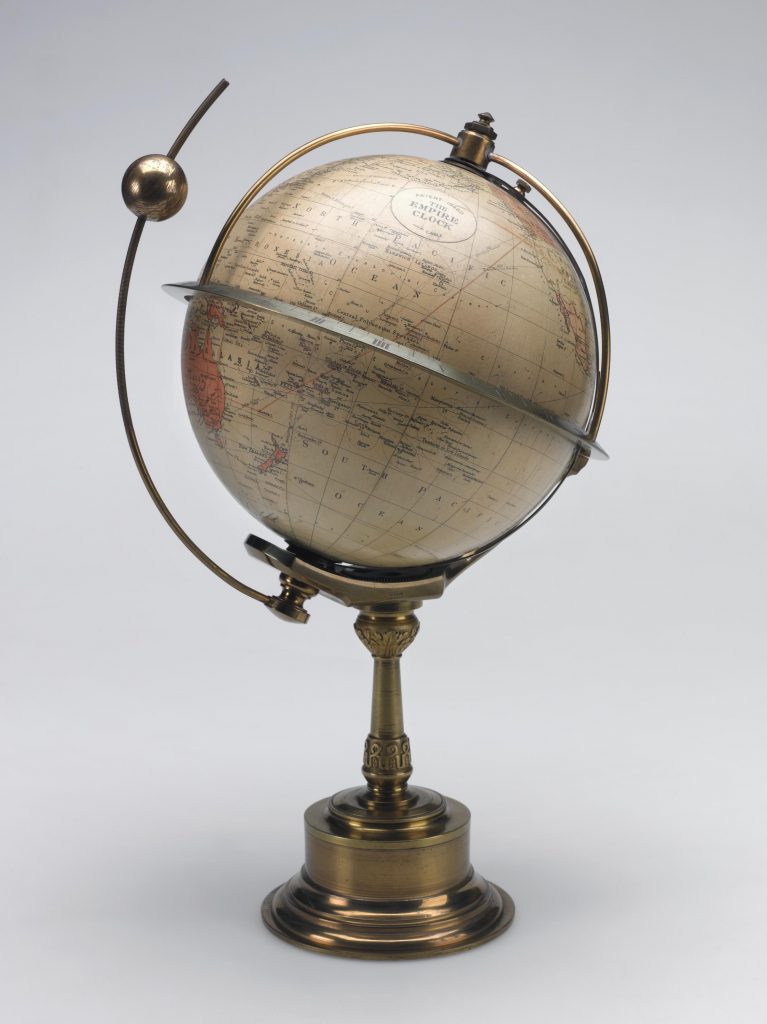Every year, around the last Sunday in March and October, a flurry of articles are published debating whether we really need to change the clocks, or whether those precious seconds adjusting the time on the microwave would be better spent elsewhere.
In fact, only around 1/3 of all countries change their clocks, so why was it introduced in the first place?

The first reference to changing the clocks was in a lighthearted letter from Benjamin Franklin to the ‘Journal De Paris’ in 1784. He suggested that church bells and cannons should be used every morning to encourage people to get out of bed earlier and make the most of the extra daylight, saving energy and increasing productivity. No doubt much to the population’s delight, this suggestion was not taken up.
It seems the idea was set aside for the next hundred years, until 1895 when New Zealand entomologist George Vernon Hudson proposed that clocks be put forward two hours in the summer. Once again, it came to nothing.
It wasn’t until 1905, when British builder William Willet put forward a similar suggestion, that the idea of changing the clocks in the summer started to gain traction. His vision was that putting the clocks forward in spring would give people more time for evening leisure activities.

Enthusiastic proponents of the scheme included prominent public figures such as Winston Churchill, the then President of the Board of Trade, and Sherlock Holmes creator Sir Arthur Conan Doyle. On the back of this popular support, the Daylight Saving Bill was proposed in 1908, stipulating that clocks should be changed by one hour twice a year.
The bill was defeated by just one vote.
Willet died in 1915, by which time the First World War was raging across Europe, and Britain was in open hostilities with Germany and Austria. As a result there were increasing concerns about traffic accidents, personal safety in dark streets, and the need to conserve energy as part of the war effort, which led Willet’s proposal to be reconsidered, but it was once again rejected.

Ultimately it was political concerns that led to Daylight Saving being adopted on 21 May 1916. In April that year Germany and Austria both implemented a scheme closely resembling that which Willet proposed. In order not to cede any advantage, and as a response to public safety and energy concerns, Parliament finally relented and introduced Daylight Savings as an Emergency Measure.
These changes were confirmed as an official and permanent measure in 1925 with the passing of the Summer Time Act in Britain.
Find out more about the discoveries that helped humans tell the time on our Objects & Stories pages.